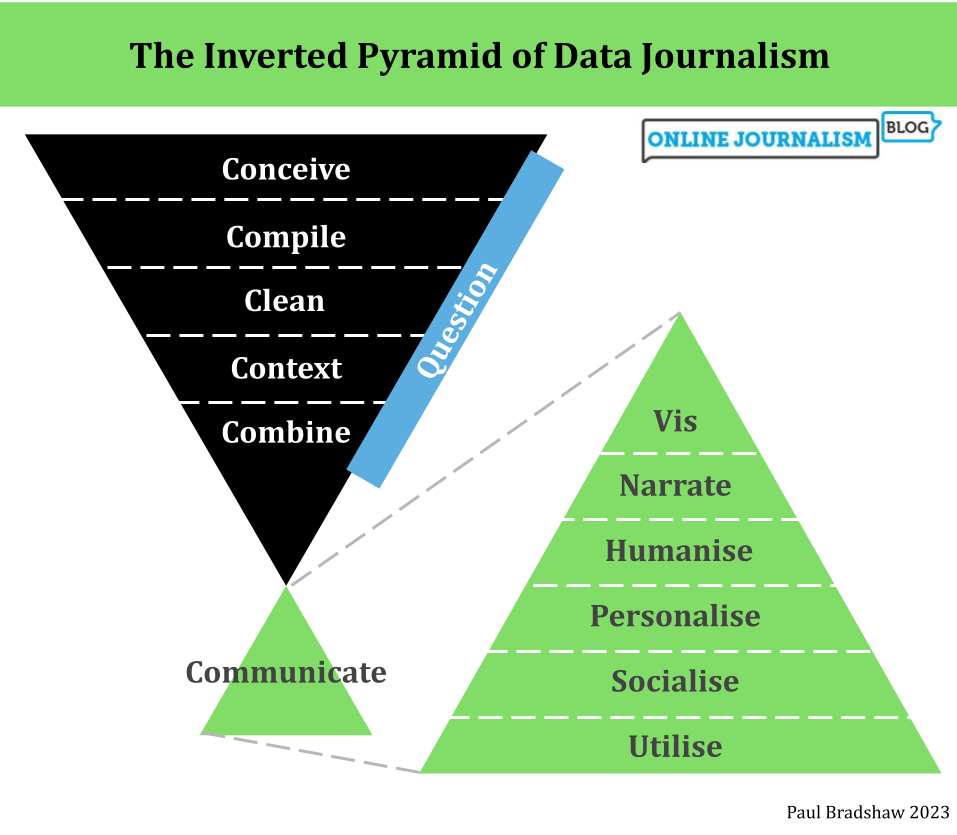
The CORRECTIV.Europe project, founded by German investigative media outlet Correctiv, aims to help local journalists publish data stories who wouldn’t otherwise have the time or money to do it. Cristina Puerta speaks to its editor-in-chief Olaya Argüeso.
“[CORRECTIV.Europe] is about giving the European citizens a feeling that they are on the same boat together”, editor-in-chief Olaya Argüeso explains.
Local journalism, she says, has been “neglected”, and it is now, when people suffer the consequences of global phenomena — for example, climate change because of flooding and droughts where they live — that they realise how important local journalism is.
News avoidance is at an all-time high, and while Argüeso feels breaking global problems down to a local level cannot be the solution, it can, she says, show citizens what they can do about those problems.
Continue reading
